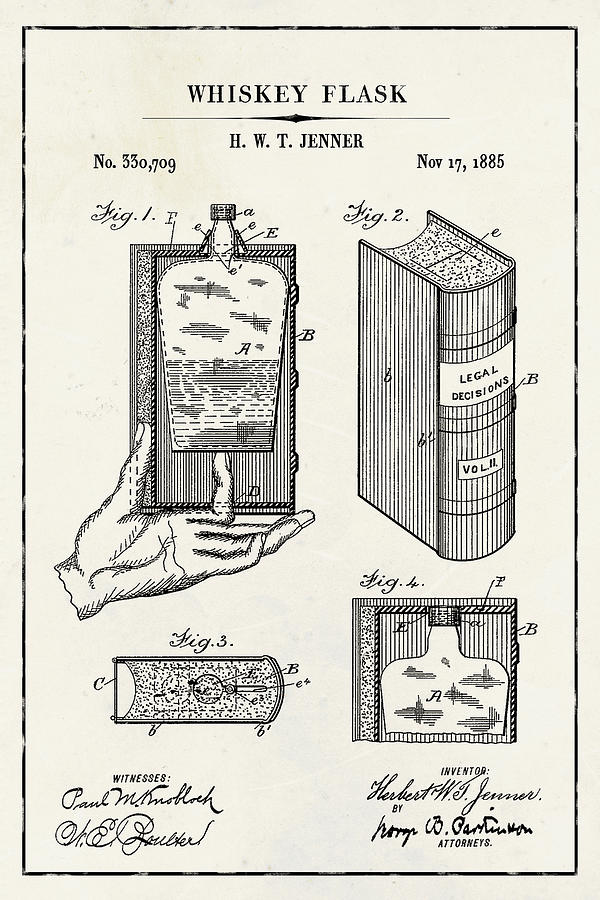

- #Flask blueprint injection install#
- #Flask blueprint injection update#
- #Flask blueprint injection skin#
- #Flask blueprint injection full#
The call to the turbo() function in the base template initializes the turbo.js library.

Copy it to a file named app.py: import random The code for the base application is shown below. Note: The Turbo-Flask package requires Flask version 2.
#Flask blueprint injection install#
Once you are ready, install Flask and Turbo-Flask: (venv) $ pip install flask turbo-flask

You may also want to create a virtual environment and activate it. To begin, create a directory in which you will work on this application. If you are too lazy to type or copy/paste the code examples below, you can find the complete code for this article in the Turbo-Flask repository on GitHub. This is going to be a hands-on tutorial, so let's create a short Flask application to which we can later add Turbo-Flask. In this article I want to concentrate on the Turbo Streams feature, which is, in my opinion, the most interesting of the set. If you are interested in the Turbo Drive, and Frames features, I suggest you review the turbo.js documentation links above, as these do not require a Flask integration and can be used directly in your Jinja templates. This section of turbo.js is out of scope for this article and I have very little experience with it, so I will not discuss it at all.
#Flask blueprint injection update#
#Flask blueprint injection full#
Turbo Drive: to accelerate page navigation by transparently updating pages in the background, without letting the browser ever do a full page reload.Here is a list of the four modules included in turbo.js: This library bundles a number of different features, all with the goal of making server generated web pages behave more like single-page applications, but without requiring the application to write any front end code in JavaScript. Turbo-Flask is a Flask extension that integrates Hotwire's turbo.js JavaScript library with your Flask application. In the screenshot below, note how the CPU load numbers update without the user doing anything. In this article I'm going to introduce you to my Turbo-Flask extension, which will allow your Flask application to easily push asynchronous page updates to the browser, without having to write any JavaScript code. But what if you have a standard web application written in Flask and Jinja templates? If you have some knowledge of JavaScript this is relatively easy to do, more so if you use a front end web framework such as React or Vue. This is a question that is frequently asked on the Internet. Note that only one dose of the antidote is necessary, so the player only needs to manufacture it if the first dose is misplaced or destroyed.How can you update a part of a web page dynamically, without the user having to hit the refresh button on the browser? The recipe for the Kharaa Antidote will be unlocked when the player picks it up in the Spy Pengling cave. Also, even if Al-An has already left the protagonist's body (and is currently on the other end of the map), his voice will still be heard when the antidote is injected. Injecting the antidote is not necessary to complete the main quest and finish the game (in fact, Al-An won't even mention it and will gladly leave the planet before the antidote is injected, despite stating that he was on a mission to eliminate the bacteria). Although the leviathan is frozen (and confirmed to be dead), and therefore has no circulation, injecting a single pustule will cause all the others to disappear as well.
#Flask blueprint injection skin#
Doing so will cause the pustules on the skin to dissipate, visually showing that the bacterium has been killed. The antidote can be used to decontaminate the Frozen Leviathan by loading it into the injection machine found near the creature's head and then using the nearby screen. It can be found in a Spy Pengling cave in the Glacial Basin, where it was hidden by Sam Ayou. The Antidote is an item that can be used to cure Kharaa.


 0 kommentar(er)
0 kommentar(er)
